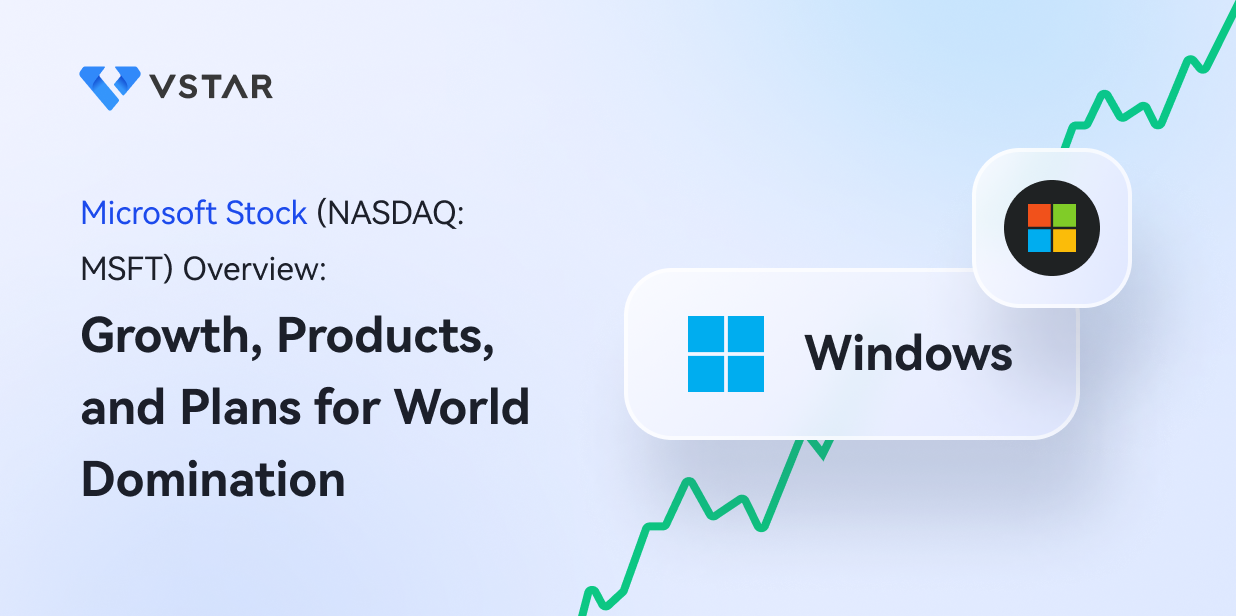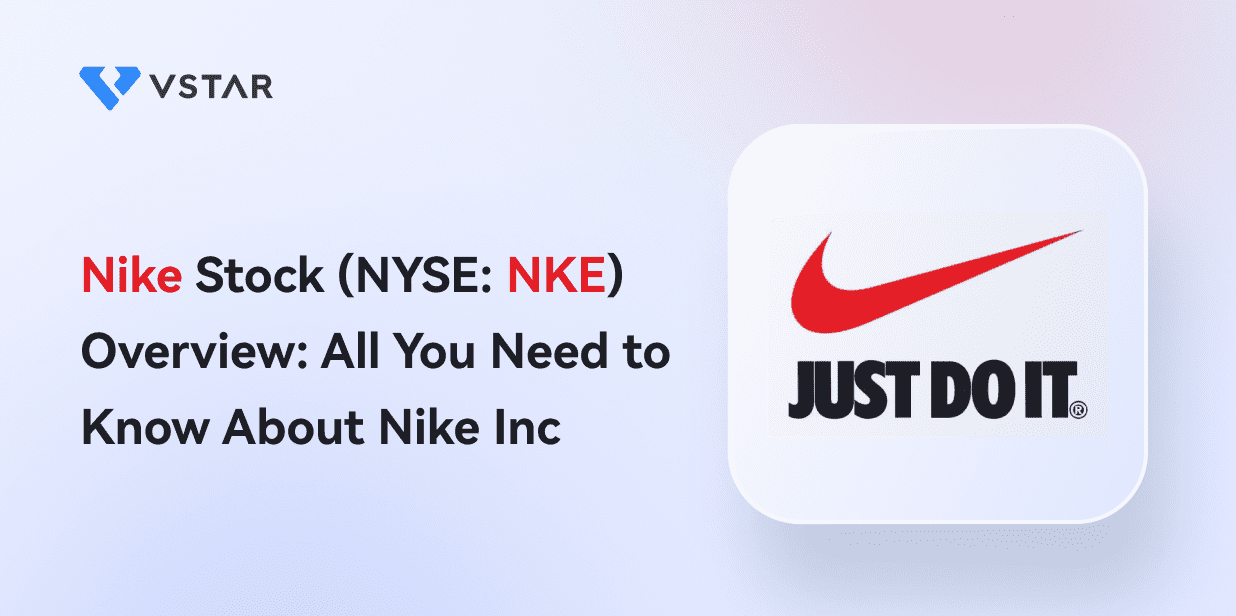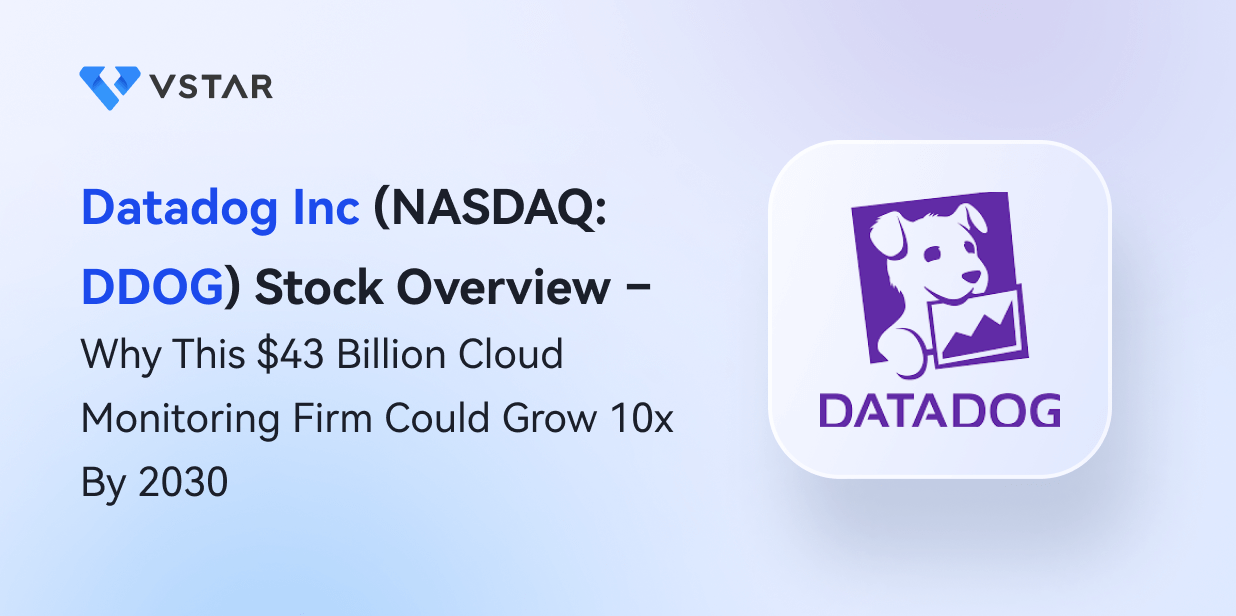Microsoft Corporation (NASDAQ: MSFT) is one of the most successful technology companies in the world. With a wide range of products and services in software, hardware, and cloud computing, Microsoft has established a dominant presence across multiple industries. From their popular Microsoft Office package to cloud services, chances are high that you have used at least one of Microsoft’s products.
In this article, we will dive deep into Microsoft's growth, products, and strategies for global dominance, providing you with the investment knowledge you need.
I. Microsoft Corporation's Overview
Microsoft Corporation was founded in 1975 by Bill Gates and Paul Allen, with Gates serving as CEO until 2000. The company is headquartered in Redmond, Washington, and has over $2 trillion in market capitalization. Microsoft has achieved many milestones, including the launch of MS-DOS in 1981 and Windows 95 in 1995. Today, it is organized into three business segments and led by CEO Satya Nadella, who has prioritized investment in cloud computing and artificial intelligence.
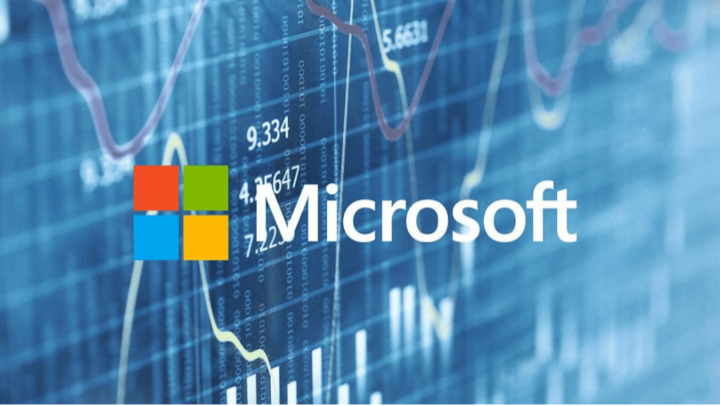
II. Unveiling Microsoft's Business Segments and Leading Products and Services
A. Business Segments:
Microsoft currently has three primary business segments: Productivity and Business Processes, Intelligent Cloud, and More Personal Computing.
Productivity and Business Processes: Office 365, Dynamics 365, and LinkedIn are examples of software solutions offered by the company’s productivity and business segment.
Intelligent Cloud: This segment includes server products, cloud services, and enterprise services. Key products in this segment are Microsoft Azure, Windows Server, SQL Server, and Visual Studio.
More Personal Computing: This segment includes the Windows operating system, Surface devices, gaming consoles (Xbox), and search advertising.
B. Main Products and Services:
Windows Operating System: Windows is Microsoft's flagship product, and it is the most widely used operating system worldwide. The latest version, Windows 11, was released in late 2021 and included features such as a new Start menu, a refreshed user interface, and improved performance.

Azure Cloud Platform: Azure is a cloud computing platform that enables businesses to build, deploy, and manage applications and services in the cloud. Azure competes with Amazon Web Services (AWS) and is Microsoft's fastest-growing segment, with revenues increasing by 48% YoY in Q2 2022. One recent example of Azure's growth driver is its partnership with Walmart. In 2018, Walmart announced that it was moving its e-commerce platform to Azure, which would allow Walmart to scale more effectively and handle the massive amounts of data generated by its online business.
Commercial Cloud: Microsoft's "commercial cloud" business refers to its productivity tools, including Dynamics 365, Office 365, Exchange, SharePoint, and other productivity tools sold to enterprises. In Q2 2022, commercial cloud revenue increased by 25% YoY, and Microsoft now has over 300 million paid commercial seats for Office 365. The adoption rate and switching costs of these productivity tools provide a competitive advantage for Microsoft.
Gaming Division: Microsoft's gaming division includes Xbox consoles and software, game pass offerings, and the recent acquisition of ZeniMax Media. In Q2 2022, gaming revenue increased by 10% YoY, driven by strong demand for Xbox hardware and software. Microsoft also sees potential opportunities in streaming and virtual reality, and in 2021, it announced a partnership with Facebook's Oculus to integrate Xbox games with Oculus VR headsets.
LinkedIn: Microsoft acquired LinkedIn in 2016, and it is now part of the Productivity and Business Processes segment. LinkedIn is a professional networking platform with over 774 million members worldwide, and it generates revenue through advertising, job listings, and premium subscriptions.
Microsoft Surface Devices: Microsoft Surface is a line of tablets, laptops, and desktop computers designed and produced by Microsoft. In Q2 2022, Surface revenue increased by 9% YoY, driven by strong demand for the Surface Laptop and the Surface Pro.
Microsoft is investing heavily in AI research to integrate AI capabilities into its products, like Office apps, Dynamics 365, and Azure. They have also launched a platform called Mesh, for immersive mixed reality experiences across devices and platforms.
Furthermore, Microsoft has made significant investments in AI and Metaverse development, including developing AI-powered products like Cortana and investing in OpenAI. The company has also explored the potential of Metaverse through AltspaceVR, which could lead to significant growth opportunities in the future.
III. Exploring Microsoft's Financial Performance, Growth Potential, and Valuation Metrics
A. Review of Microsoft's Financial Statements
In the fiscal year 2022, which ended on June 30, 2022, the company reported revenue of $185.2 billion, representing a 17% increase over the previous year. Over the past five years, Microsoft's revenue has grown at a compound annual growth rate (CAGR) of 12.6%, which is an impressive figure for a company of its size.
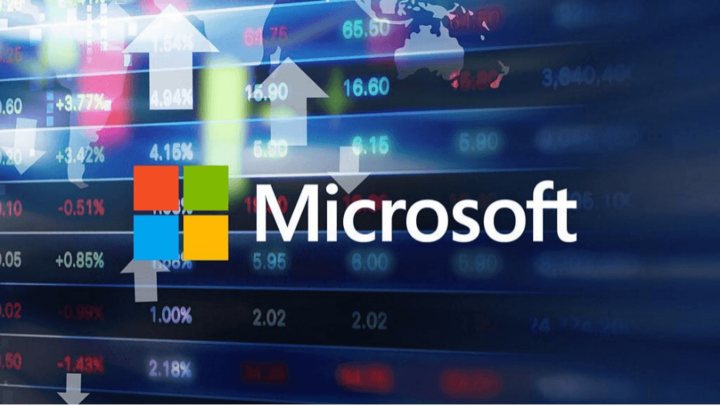
In terms of profitability, Microsoft has maintained remarkable margins, with a gross margin of 69% in FY2022 and an operating margin of 45%. The company's net income for FY2022 was $65.6 billion, up 42% from the previous year. Microsoft's operating cash flow has also been more than decent, with $78.2 billion generated in FY2022, up 25% from the previous year.
Microsoft's financial data for the fiscal third quarter of 2023, which ended on March 31, 2023, revealed that the tech giant recorded revenues of $52.9 billion. This figure marked a 7 percent increase from the same period a year ago, and exceeded the $51.02 billion number that was predicted by financial analysts, as reported by CNBC. These impressive revenue figures demonstrate Microsoft's continued growth and success in the tech industry, and may indicate a positive outlook for investors and traders considering Microsoft stock.
B. Key financial ratios and metrics
When evaluating Microsoft's financial performance, it's helpful to compare its key metrics to those of its closest peers in the tech industry. Here are some important ratios and metrics to consider:
Revenue Growth: Microsoft has consistently delivered strong revenue growth over the past several years, with a 5-year CAGR of 12.3%. This compares favorably to some of its closest peers, including Apple (8.2%), Alphabet (19.6%), and Amazon (30.9%). While Microsoft's growth rate is lower than Amazon's, it's important to note that Amazon's revenue base is much smaller than Microsoft's.
Earnings Growth: Microsoft's earnings growth has been even more incredible than its revenue growth, with a 5-year earnings CAGR of 16.4%. This outpaces all of its closest peers, including Apple (12.6%), Alphabet ( 17.6%), and Amazon (118.1%). Microsoft's strong earnings growth has been driven in part by its successful transition to cloud-based products and services, which have higher margins than traditional software products.
Forward P/E Ratio: Microsoft's forward P/E ratio (based on estimated earnings for the next 12 months) is around 32x. This is slightly higher than Apple's28x but lower than Alphabet's 34x and Amazon's 51x. Although Microsoft's forward P/E ratio is not particularly cheap, this larger multiple is justified by the company's outstanding earnings growth potential.
IV. Microsoft Stock (MSFT) Performance
A. MSFT trading information
Microsoft (MSFT) was first listed on the NASDAQ stock exchange on March 13, 1986. Since then, the company has had several stock splits, including two-for-one splits in 1987, 1990, 1991, 1992, and 1998. The most recent split was a three-for-two split in 2003.
Microsoft pays a dividend to its shareholders. The company's most recent dividend was $0.62 per share. The dividend yield for Microsoft stock is currently around 0.99%.
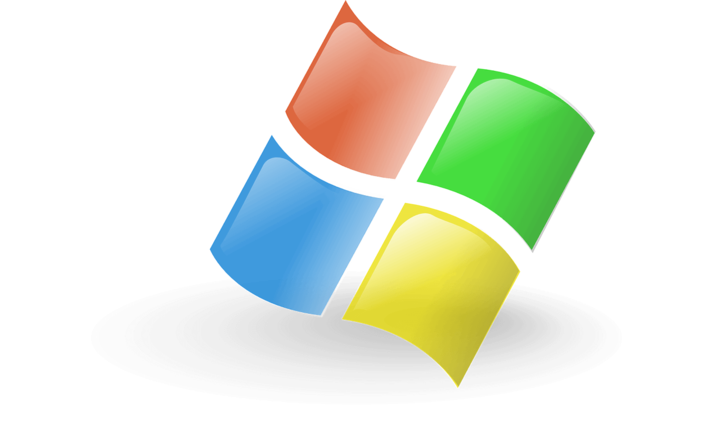
The primary exchange for Microsoft stock (MSFT) is the NASDAQ, and its ticker symbol is MSFT. Microsoft is traded on the US market in USD. Pre-market trading for MSFT typically starts at 4:00 a.m. Eastern Time, and after-hours trading can continue until 8:00 p.m. Eastern Time.
Microsoft recently reported its earnings for the second quarter of its fiscal year 2023, which ended on December 31, 2022. The company's results exceeded expectations, with revenue of $52.75 billion and net income of $16.43 billion. Additionally, Microsoft beat estimates on its quarterly revenue guidance. Investors and traders should also note that growth from Microsoft Azure and other cloud services slowed to 27%, down from 31% in the prior quarter, but was still better than expected.
B. Overview of Microsoft stock (MSFT) performance
Over the past five years, MSFT stock has seen significant growth, with its stock price increasing from around $50 in April 2016 to over $275 in April 2023. The COVID-19 pandemic in 2020 also positively impacted the company's stock, as the shift to remote work and increased use of cloud services drove demand for Microsoft's products and services. Despite some fluctuations in the stock price over the years, Microsoft has delivered steady long-term returns to its investors.
C. Key drivers of Microsoft stock (MSFT) price
There are several key drivers of Microsoft stock (MSFT) price. They are:
Financial performance: Microsoft's financial performance, including its revenue and earning growth, profit margins, and strong balance sheet and cash flows, is a major driver of its stock price. Strong financial performance can lead to increased investor confidence and a higher stock price.
Product innovation: Microsoft's ability to develop and launch new, innovative products that meet the changing needs of consumers and businesses can also impact its stock price. For example, the success of the Xbox gaming console or the continued growth of the company's cloud computing services can positively impact investor sentiment and drive up the stock price.
Competitive landscape: The competitive landscape in the technology industry can also impact Microsoft's stock price. Investors may be more or less bullish on the stock depending on how they perceive the company's ability to compete with other tech giants like Amazon, Apple, and Google.
Macroeconomic factors: Broader macroeconomic factors such as interest rates, inflation, and overall market trends can also influence Microsoft's stock price. For example, a strong economy and bullish stock market can lead to increased investor demand for Microsoft stock and drive up its price.
Regulatory environment: Changes in the regulatory environment can also impact Microsoft's stock price. Antitrust investigations or new regulations that impact the company's operations or profitability could lead to investor concern and a decline in the stock price.
D. Analysis of future prospects for Microsoft stock (MSFT)
Based on the data and predictions available, Microsoft (MSFT) appears to have a positive outlook for future prospects. Microsoft's stock is expected to experience steady growth over the next few years, with projected prices per share of $308 by the end of 2023, $355 in 2024, $508 in 2025, $610 in 2026, $685 in 2027, $754 in 2028, and $780 in 2029. The steady increase in stock value as indicated by the data, suggests that investors can expect a reliable return on investment. The average brokerage recommendation of 1.48, approximating between Strong Buy and Buy, further supports this positive outlook.
The growth drivers for Microsoft's future prospects include its cloud computing business, which has seen consistent growth over the years. Additionally, the increasing demand for Microsoft's products and services, such as Microsoft Teams, Office 365, and the Xbox gaming platform, is expected to contribute to the company's growth in the coming years.
V. Risks and Opportunities
A. Potential risks facing Microsoft
Competitive Risks
Microsoft faces intense competition from other tech giants like Apple Inc., Amazon.com Inc., Google, IBM, and Oracle Corp. These companies compete with Microsoft in various domains, including software, hardware, cloud services, and artificial intelligence. Apple and Google, for instance, are Microsoft's direct competitors in the mobile operating system market, with Apple's iOS and Google's Android operating systems. Amazon Web Services (AWS) and Google Cloud Platform compete with Microsoft Azure, which is the company's flagship cloud computing platform.

One of the main competitive advantages of Microsoft is its switching costs. Microsoft's products, such as Windows and Office, have been around for decades, and many organizations have legacy infrastructure built around these products. The cost and effort involved in switching to another platform can be significant, which gives Microsoft a competitive advantage. Additionally, Microsoft has dominant platforms, such as Windows and Office, which give it a foothold in many organizations.
However, competitors like AWS and Google are gaining traction in the cloud computing market, posing a threat to Microsoft's Azure platform. AWS, for example, is the largest cloud computing provider in the world, with a market share of around 33%, while Microsoft Azure has a market share of around 20%. Google Cloud Platform is also gaining momentum and has a market share of around 9%. Microsoft needs to continue to innovate and expand its offerings to stay competitive in the cloud computing market.
Other Risks
Apart from competition, Microsoft also faces risks around regulation, security issues, hardware sales declines, and economic cycles.
Regulatory risks can arise from changes in government policies and regulations, which could impact Microsoft's operations in various countries. For instance, antitrust investigations and lawsuits could hurt Microsoft's market position and profitability. Microsoft has also faced criticism for its handling of privacy and security issues, such as the 2017 WannaCry ransomware attack that affected thousands of computers globally.
Microsoft's hardware business, which includes devices like the Surface tablet and Xbox gaming console, has also faced challenges. For instance, sales of the Surface tablet have been declining in recent years, and the Xbox gaming console faces stiff competition from Sony's PlayStation. Economic cycles, including recessions, could also impact Microsoft's revenue and profitability, as businesses and consumers may cut back on their spending on software and hardware.
Microsoft's transition to software and cloud-based services could mitigate these risks. The company has been pivoting towards a cloud-first strategy, with an emphasis on its Azure platform and subscription-based software offerings like Microsoft 365. These cloud-based services generate recurring revenue streams, which are less vulnerable to economic cycles. Additionally, Microsoft has been investing in security and privacy measures, including the acquisition of cybersecurity firm RiskIQ and the launch of its Azure confidential computing service.
B. Opportunities for growth and expansion
Microsoft has several opportunities for growth and expansion in the coming years. Firstly, its cloud services division is growing rapidly. This presents a significant opportunity for Microsoft to capture a larger share of the developing cloud computing market.
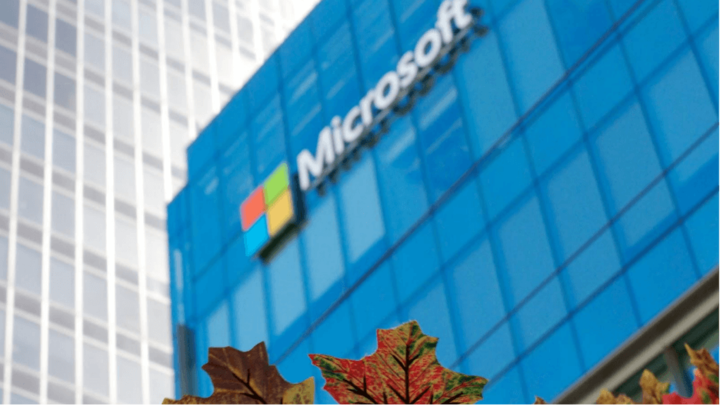
Another growth opportunity for Microsoft is in the gaming market. The company's xCloud gaming service allows users to stream games to their devices, which could be a significant revenue driver. The recent acquisition of Bethesda Softworks also positions Microsoft well in the gaming market.
Virtual and augmented reality is another area of potential growth for Microsoft. The company's HoloLens technology has been well-received and has potential applications in several industries, such as healthcare and manufacturing.
Microsoft's enterprise software division, Dynamics 365, also presents an opportunity for growth. The platform provides companies with tools to manage customer relationships, human resources, and financial operations, among other things. As more companies move towards digital transformation, there is potential for Microsoft to capture more market share in this space.
Moreover, Microsoft's acquisition of LinkedIn provides opportunities for monetization through advertising and subscription services. Additionally, partnerships with companies such as Walmart could lead to further growth in the retail industry.
In terms of future outlook and expansion, Microsoft has a strong pipeline of new hardware, gaming content, and cloud products that could fuel revenue and earnings growth over the next 1-3 years. This, combined with potential multiple expansion, makes Microsoft an attractive investment opportunity for those looking to invest in the technology sector.
VI. How to invest in Microsoft stock (MSFT)
A. Share, Option, or CFD? Choosing the Right Investment Strategy
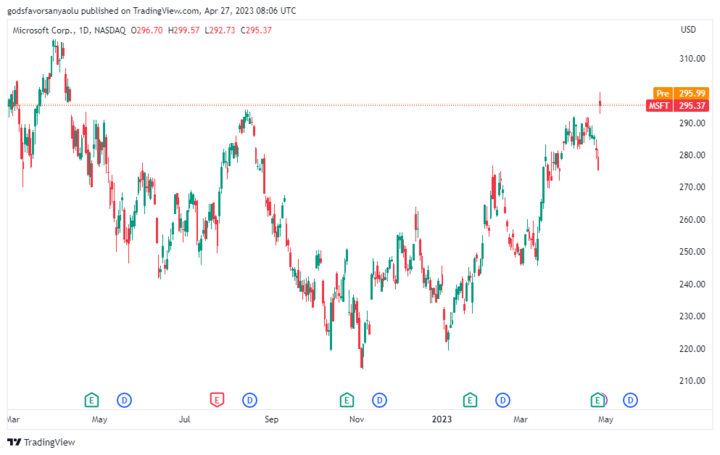
Holding shares: Holding Microsoft stock (MSFT) means that you purchase actual shares of the company and own a portion of the company. This is a traditional way of investing and typically involves a long-term investment strategy. The investor benefits from price appreciation and dividends, if any, paid by the company. However, there is a risk of capital loss if the stock price goes down.
Option: An option is a contract that gives the buyer the right, but not the obligation, to buy or sell a stock at an agreed-upon price and date. Options can be used for short-term investment strategies or to hedge against potential losses. Nevertheless, options can be complex and involve significant risk, including the potential loss of the entire investment.
CFD: A Contract for Difference (CFD) is a contract between two parties, where the buyer agrees to pay the seller the difference between the current value of an asset (in this case, Microsoft stock) and its value at the contract's end. CFD trading allows investors to trade on the price movements of Microsoft stock without owning the actual shares. CFDs offer leverage, which means investors can control a large position with a small investment, potentially amplifying gains. But, this also amplifies losses, so it's important to use risk management strategies when trading CFDs.
CFD trading has several benefits over traditional stock trading and options, including the ability to trade on margin, the ability to go long or short on the stock, and the ability to trade outside of regular market hours.
B. Why Trade Microsoft stock (MSFT) CFD with VSTAR
VSTAR is an online trading platform that offers CFD trading on a wide range of financial instruments, Microsoft stock (MSFT) inclusive. VSTAR offers several benefits for CFD trading. They include but are not limited to:
Tight spreads and low commissions: VSTAR offers competitive spreads and low commissions, which means lower trading costs for investors.
Advanced trading platform: VSTAR offers an advanced trading platform with a range of tools and features, including advanced charting and analysis tools, real-time news and market data, and customizable trading strategies.
Risk management tools: VSTAR offers a range of risk management tools, including stop-loss and take-profit orders, to help investors manage their risk and protect their investments.
Customer support: VSTAR offers 24/7 customer support to assist investors with any questions or issues that may arise..
To get started, investors can sign up for a VSTAR account and fund their account using a variety of payment methods. Once their account is funded, they can start trading Microsoft stock (MSFT) CFDs and other financial instruments.
Conclusion
Microsoft stock (MSFT) is generally considered a valuable stock. The company's dominant position in the software and cloud industries, as well as its successful pivot towards subscription-based models and expansion into new areas such as gaming and virtual reality, all suggest a positive outlook for the company's future prospects.
For investors and traders, there are several options to consider. Buying shares of MSFT directly can be a good option for those looking for long-term growth and stability. For those who prefer more active trading, CFDs may be a good option due to the ability to leverage positions and trade both long and short positions. Options strategies, such as covered calls, can also be used to generate additional income from holding MSFT shares.
